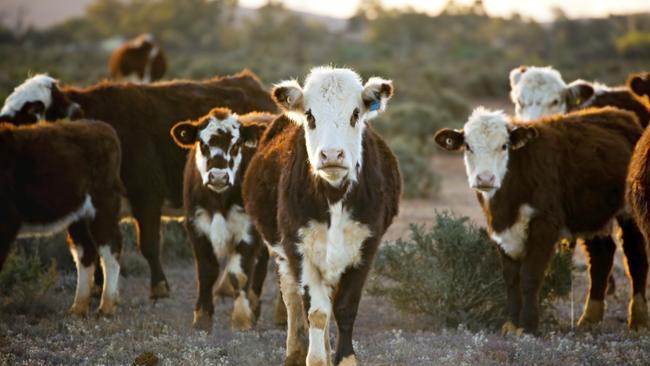Meat and Livestock Australia survey results deserve some scepticism
The dominance of the Angus breed and nearly every cattle property in the south having breeding cows. These are some of the findings from a new survey – which deserves some scepticism.

The dominance of the Angus breed in southern Australia, the dominance of saleyards as a selling method, and nearly every cattle property in the south having some breeding cows.
These were some of the interesting results from the new Beef Producer Intentions Survey published by Meat and Livestock Australia this week.
It’s an impressive looking report, but as someone who rarely takes a ‘survey’ seriously (I may or may not have thrown the last Government census to my kids to fill in – and it can be enlightening and/or funny to see the income boxes ticked and how much money they think you have) the data is arguably interesting rather than foolproof.
The PBIS survey had feedback from 3767 grass-fed beef producers from across Australia – collected in November last year – with the results then extrapolated out using mathematical formulas to create bigger picture outcomes for the industry within accepted margins of error.
It put some numbers around breed distribution for south and north cattle producers, noting there was no geographical guidelines rather producers who filled in the survey stated what production zone they classed themselves as.
In the south the Angus breed was supremely dominant in a nod to not only the quality and
performance attributes of the breed but also how far ahead Angus marketing and public relations has been compared to other cattle breeds.
The survey findings for cow herds in the south were:
68 per cent or 5,740,865 were Angus.
11 per cent or 951,465 were Hereford.
3 per cent or 253,534 were Shorthorn.
3 per cent or 241,119 were Euro breeds (Limousin, Simmental).
2 per cent or 168,218 were Charolais.
2 per cent or 167,860 were Murray Grey.
All other breeds were tracking under 1 per cent of herd influence.
Obviously in the north the Brahman was the market leader by a long way at 40 per cent, followed by Droughtmaster on 15 per cent of cow numbers in that region.
The survey calculated that 89 per cent of all cattle producers in the south were running some breeding cows and 84 per cent of them had steers aged under two years (which could mean anything from little calves to 18-month old steers).
The way the information was presented in this area of the survey meant there was plenty of possible crossover – that is, a breeder is going to have steers and heifers in their calf drop.
The interesting data from the breakdown of cattle type was that only 32 per cent of cattle producers had steers aged over two years of age, and that older steers accounted for just 5 per cent of the total herd number in the south. It highlights the shift to trading younger cattle to feedlots, and the demise of the traditional bullock fattener.
The survey results which do seem surprising come under the heading of sales channels – meaning how producers intended to market their cattle.
Saleyards were listed at the top of both the southern and northern producing regions, on 66 per cent and 63 per cent respectively. Direct to processor sales of cattle were listed at 11 per cent in both zones, which seems surprisingly low for the north which assumedly takes in Queensland.
Direct to feedlot cattle sales were listed at 7 per cent in southern Australia and 11 per cent in the north, while online selling was at just 5 per cent and 6 per cent. Maybe showing a hole in the data, the number of cattle transacted privately from paddock to paddock was at 3 per cent in the south but zero in the north.
The report is an interesting read but still needs a dose of scepticism in parts.




